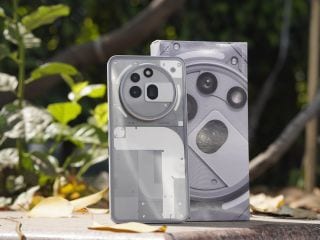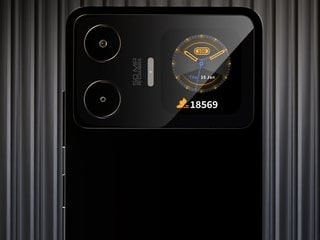- Home
- Science
- Science News
- Researchers Develop Method to Break Down Plastics Under UV Light
Researchers Develop Method to Break Down Plastics Under UV Light
The plastic was found to be degraded by 40 percent within just six hours of exposure to UV light.

Photo Credit: Unsplash/ Brian Yurasits
PLA can be degraded under elevated heat and humidity conditions found in industrial composting facilities
Researchers have developed a method to make plastics more degradable in natural environments, with the use of Ultraviolet (UV) light. According to scientists at the Centre for Sustainable and Circular Technology (CSCT) of the University of Bath, the degradability of a polymer used in the material used to create disposable plastic items can be changed by modifying it composition. The plastic could be degraded by up to 40 percent within six hours of UV light exposure, according to the researchers.
Currently, a material called PLA (Polylactic acid) is widely used for making disposable cups, 3D printing, teabags, and packaging. It is made using lactic acid and fermentation of sugars and is an environment-friendly alternative to other plastics that are derived from crude oil products.
While PLA is believed to be biodegradable, it is still tricky to decompose it in natural environments such as soil or seawater. It can only be degraded under elevated temperatures and humidity conditions of industrial composting facilities and not in compost heaps.
In the new study published in Chemical Communications, researchers have found that they can change the degradability of the polymer by tweaking its composition and adding sugar molecules to it. They observed that even by adding just three percent of sugar polymer units to PLA, the plastic could be degraded by 40 percent within just six hours of exposure to UV light.
“Lots of plastics are labelled as biodegradable, but unfortunately this is only true if you dispose of it in an industrial waste composter - if put into domestic compost heaps, it can last for years,” explained Dr Antoine Buchard, Royal Society University Research Fellow and Reader in Polymer Chemistry from the CSCT, and the lead researcher of the study.
Dr Buchard added that PLA has long polymer chains which are difficult to break down using water and enzymes. However, the addition of sugar into these polymer chains links everything together by bonds and weakens the plastic. This helps in breaking the PLA into smaller polymer chains that are more sensitive to hydrolysis, according to Dr Buchard.
“Previously scientists have looked at enhancing the degradability of PLA to water – hydrolysis - but this is the first time anyone has looked at using light,” Dr Buchard added.
Catch the latest from the Consumer Electronics Show on Gadgets 360, at our CES 2026 hub.
- Samsung Galaxy Unpacked 2025
- ChatGPT
- Redmi Note 14 Pro+
- iPhone 16
- Apple Vision Pro
- Oneplus 12
- OnePlus Nord CE 3 Lite 5G
- iPhone 13
- Xiaomi 14 Pro
- Oppo Find N3
- Tecno Spark Go (2023)
- Realme V30
- Best Phones Under 25000
- Samsung Galaxy S24 Series
- Cryptocurrency
- iQoo 12
- Samsung Galaxy S24 Ultra
- Giottus
- Samsung Galaxy Z Flip 5
- Apple 'Scary Fast'
- Housefull 5
- GoPro Hero 12 Black Review
- Invincible Season 2
- JioGlass
- HD Ready TV
- Laptop Under 50000
- Smartwatch Under 10000
- Latest Mobile Phones
- Compare Phones
- OPPO A6c
- Samsung Galaxy A07 5G
- Vivo Y500i
- OnePlus Turbo 6V
- OnePlus Turbo 6
- Itel Zeno 20 Max
- OPPO Reno 15 Pro Mini 5G
- Poco M8 Pro 5G
- Lenovo Yoga Slim 7x (2025)
- Lenovo Yoga Slim 7a
- Realme Pad 3
- OPPO Pad Air 5
- Garmin Quatix 8 Pro
- NoiseFit Pro 6R
- Haier H5E Series
- Acerpure Nitro Z Series 100-inch QLED TV
- Asus ROG Ally
- Nintendo Switch Lite
- Haier 1.6 Ton 5 Star Inverter Split AC (HSU19G-MZAID5BN-INV)
- Haier 1.6 Ton 5 Star Inverter Split AC (HSU19G-MZAIM5BN-INV)












